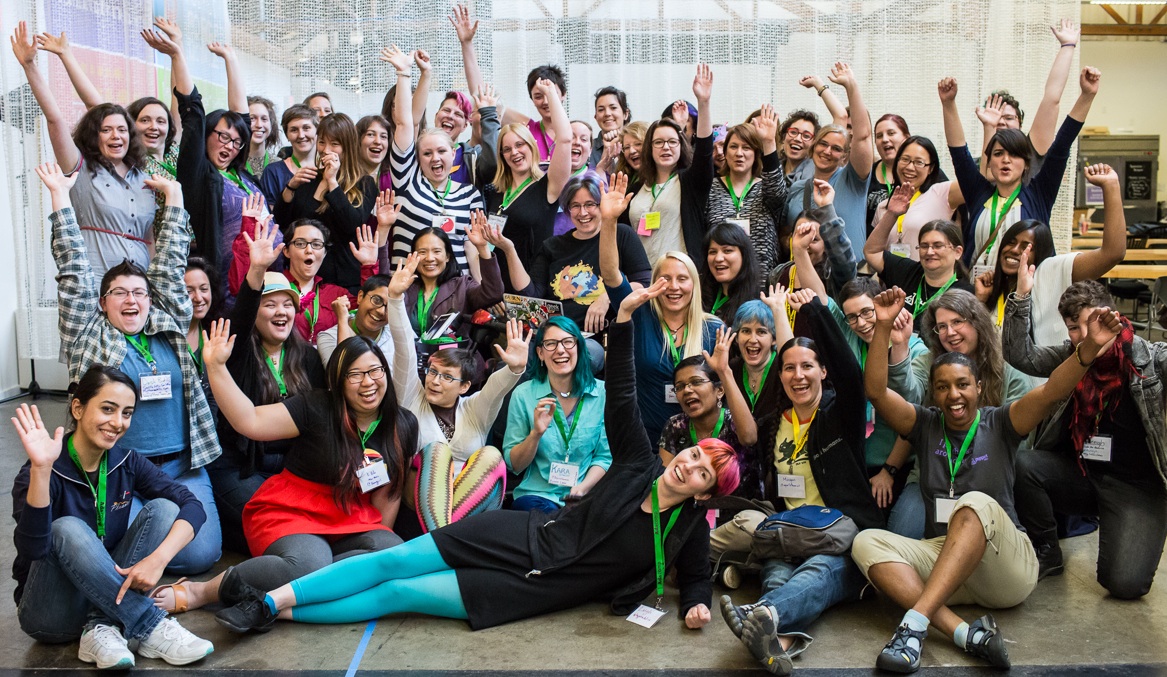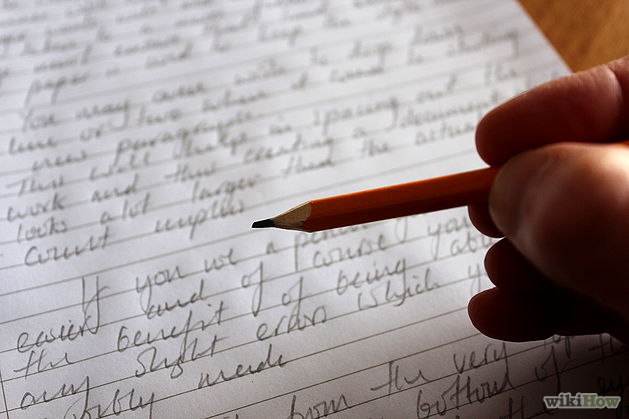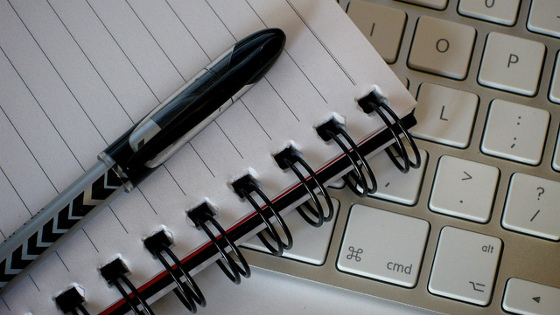St. George's Market
Next, you are going to visit one really traditional place in Belfast: St. George's Market. St George's Market is one of Belfast's oldest attractions. It was built at the end of the nineteenth century and it is one of the best markets in the UK. It has been selected for numerous awards for its fresh, local products and good atmosphere.
It has a weekly Market on Fridays, the City Food and Craft Market on Saturdays and the Sunday Market. It also has a variety of different events throughout the year.
At the end of the session, you will have:
- read and answered some questions about St. George's Market.
- revised the use of -ed/-ing adjectives.
- designed the final version of the interview.
Would you like to know more about St. George's Market? Do you usually go to the market to buy any products?
Visit St. George's Market Official Website and try to find out the following information (Read the following questions and answer them):
- What are the opening hours? Can you buy the market on a Monday? (To find out, visit the "About St. George's Market" section).
- How many different types of shops are there? Which is the most interesting in your opinion? Why? (To find out, visit the "Our traders" section).
- What is the quiet hour? When is it? What can costumers find at that time? (To find out, visit the "About St. George's market" section).
- Can you hire St. George's Market for an event? How much do you have to pay for 1 session (4 hours)? (To find out, visit "Hiring St. George's Market" section).
You have to answer these questions in your learning diary.
Remember that St. George's Market must be part of the route at your Google Sites map.
Continue with your posts on Twitter (#taskinterview and #EDIAbelfast). Choose some of the shops you would like to visit at the Market and tweet their names. You can also tweet the answer to the previous questions adding the link of your post. The 'Rubric to assess a Tweet' can help you do a great job at this social network.


